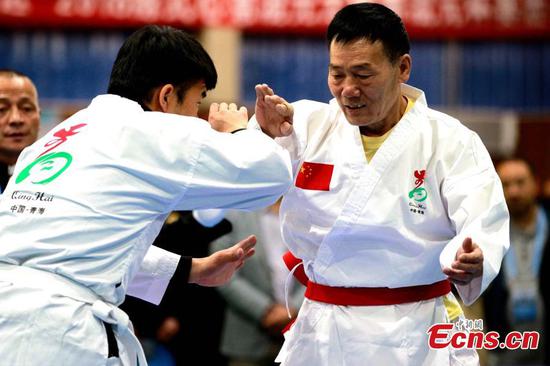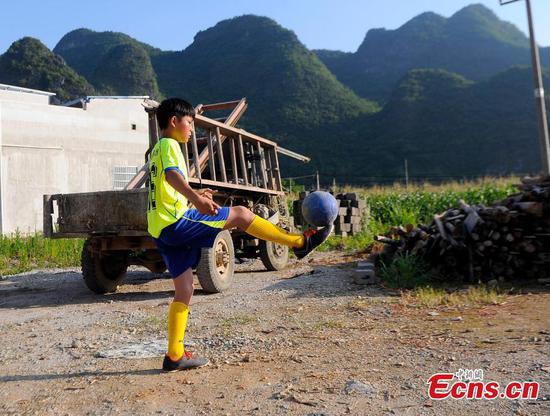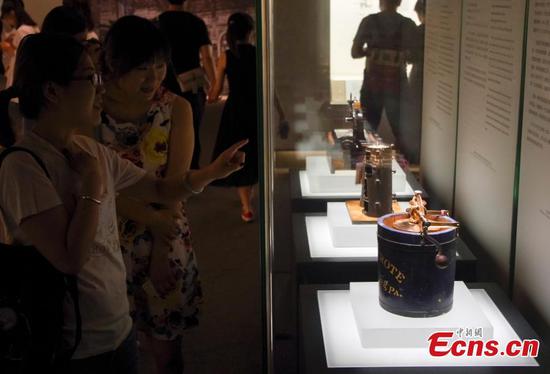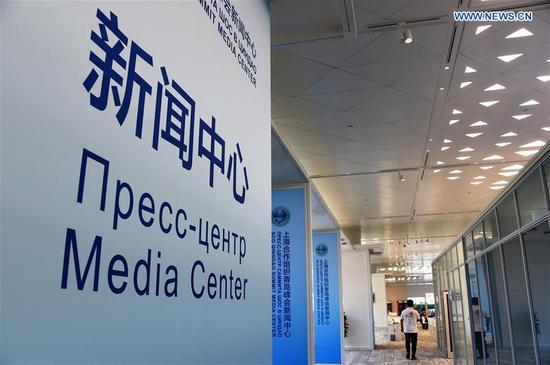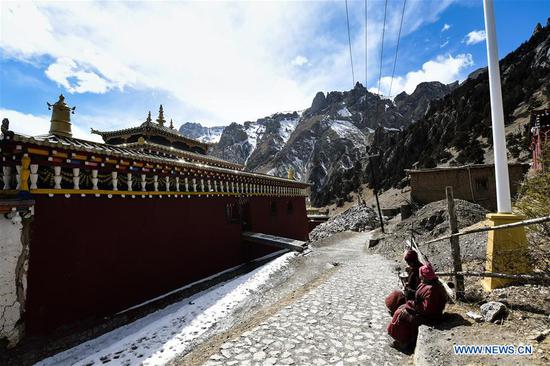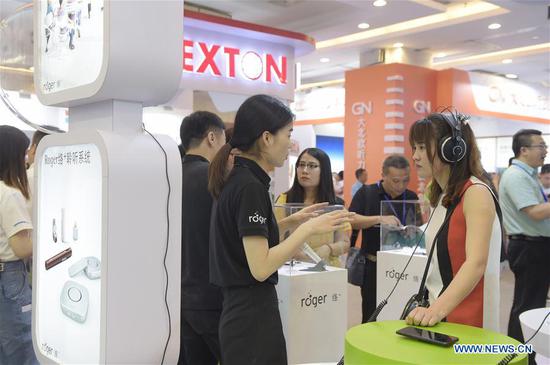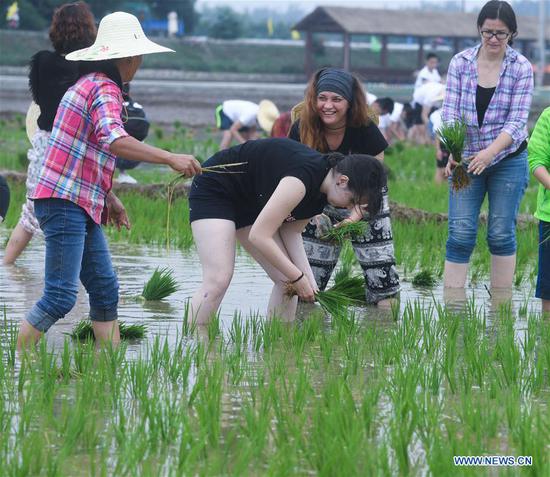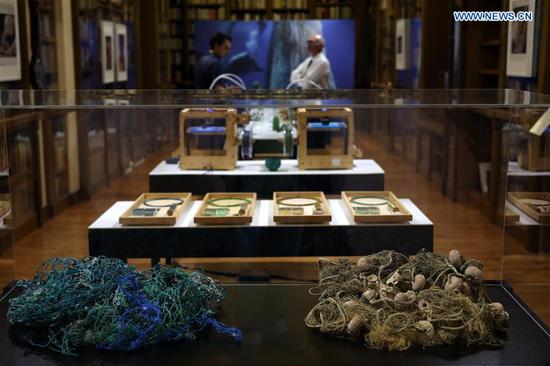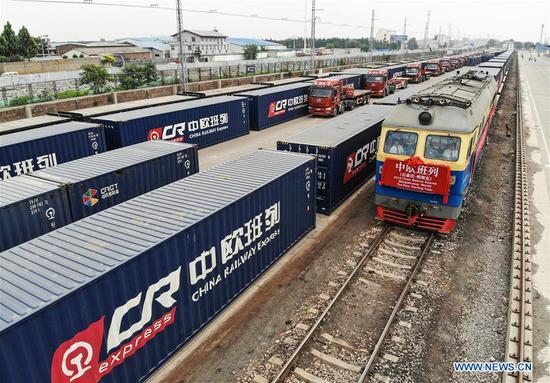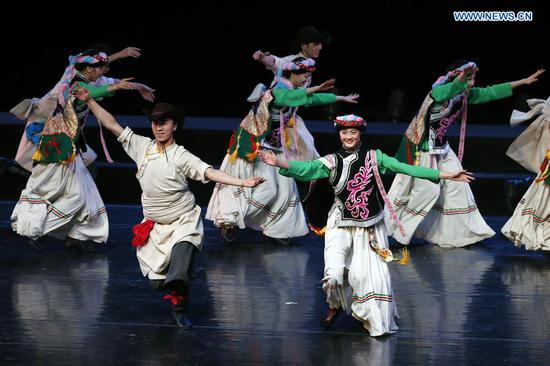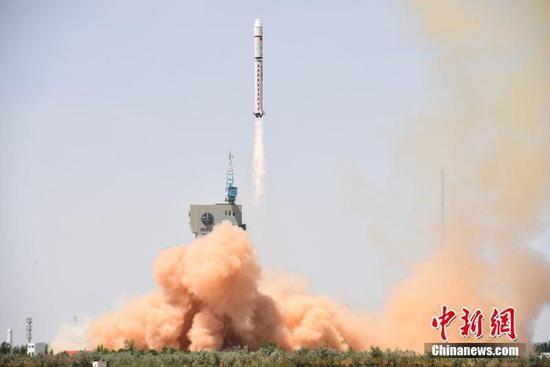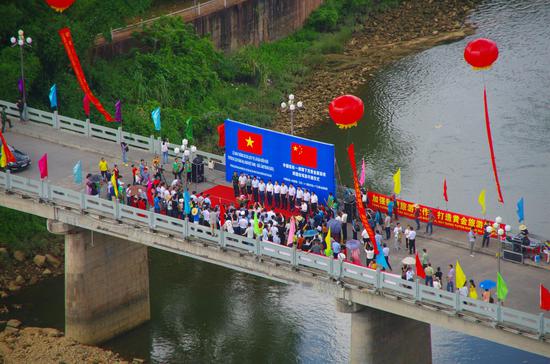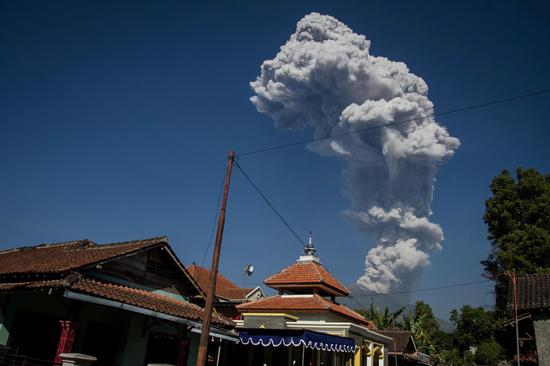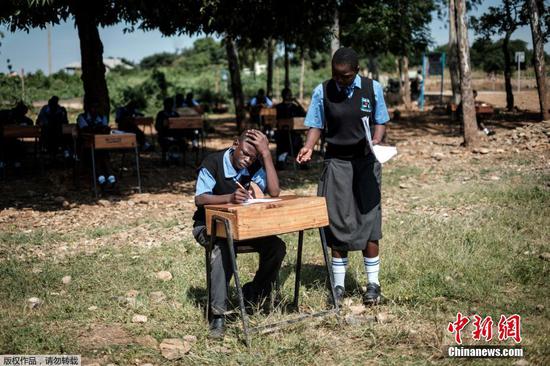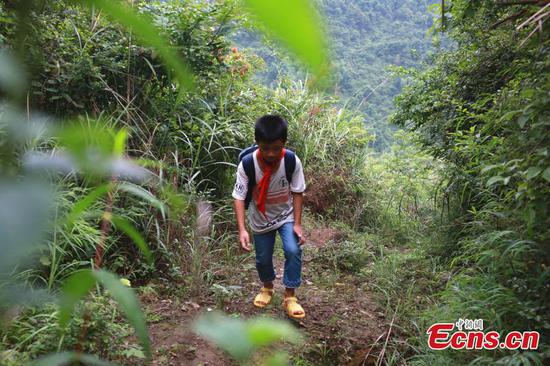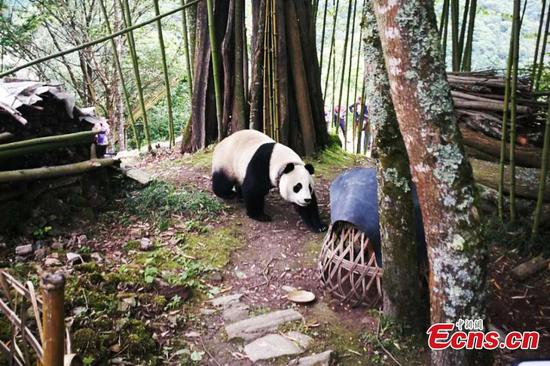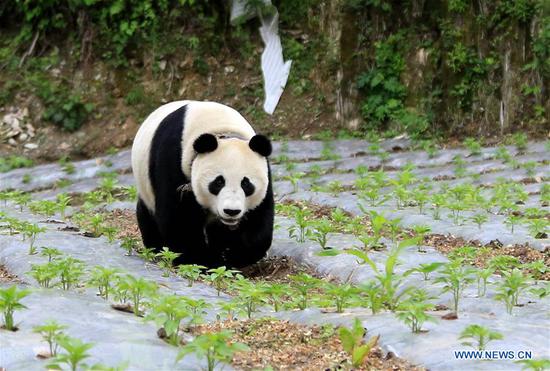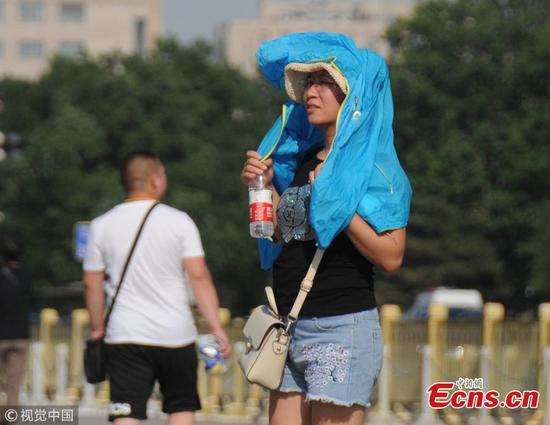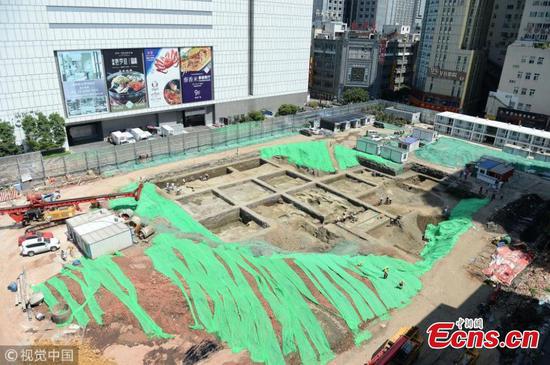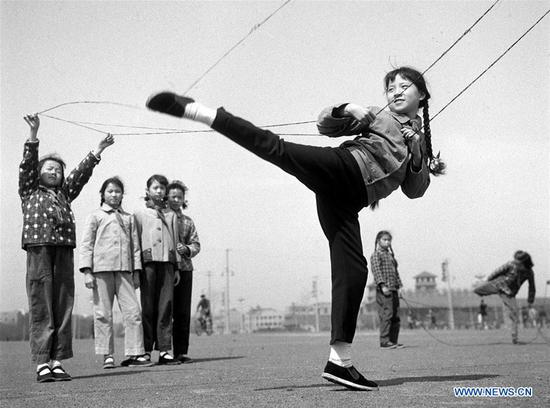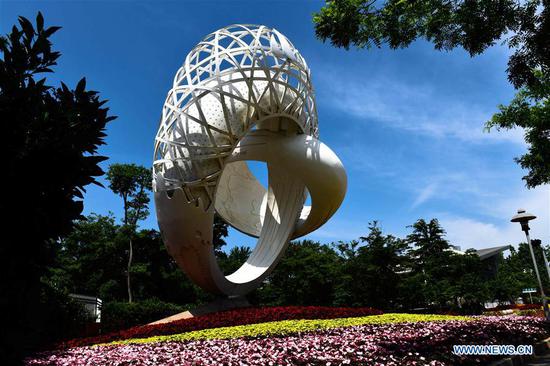Surprise move set to reduce overheating
China's new rules for investment and subsidies for photovoltaic (PV) installations will curb overheating in the sector, experts said Sunday, after three government agencies issued a new policy on Friday.
The National Development and Reform Commission, the Ministry of Finance and the National Energy Administration announced a cut in the national feed-in-tariff by 0.05 yuan ($0.008) per kilowatt-hour and a reduction of the same amount in subsidies for power generated by distributed PV projects.
As a result, the on-grid power tariffs now range from 0.5 yuan to 0.7 yuan. There will be no change to the subsidies for county-level poverty alleviation PV projects.
Some media reports said this policy approach was the most austere in years, and that it indicated a more significant rollback of subsidies for industry players.
Lin Boqiang, director of the China Center for Energy Economics Research at Xiamen University, said the policy will curb the fast growth of PV power bases, amid efforts by the central government to make electricity cheaper for consumers.
"This year's government work report clearly stipulated that 2018 electricity prices will be lowered by 10 percent. But the PV subsidy comes from continuous hiking of electricity prices in the past, which was paid for by ordinary consumers," Lin told the Global Times on Sunday,
He added that with the need to cut electricity prices, the PV subsidies must now be scaled back.
A member of staff surnamed Liu with the PR department of Chinese solar panel maker Trina Solar Ltd said that as the policy has only just come out, it is hard to see what its impact will be.
An article on the public WeChat account of the China Photovoltaic Industry Association said Friday that while the sector's growth momentum might not be sustained, PV power will remain a key force in the nation's energy revolution and will still receive State support.
The association said the fact that PV installations can generate power at a lower cost than other power sources in many countries is the Chinese PV industry's greatest strength.
"Given that equipment costs have been steadily reduced in the past few years, it is only reasonable for the subsidy to be lowered. The reduction is mild, but still unexpected," Lin said, noting that many PV power plants are still being built.
Surplus factor
A second but less important reason for the policy move is that there is a surplus in domestic electricity production, Lin said, so the feed-in tariff is not sustainable.
According to news site guacha.cn, the renewable energy subsidy gap had reached 100 billion yuan as of the end of 2017.
In 2017, the nation's main power stations saw their equipment utilization total 3,786 hours, down 11 hours from 2016, according to the National Energy Administration.
China is taking the lead in PV development globally, with an internationally competitive and complete industrial chain, according to a report by the Xinhua News Agency over the weekend. The central government is aiming for 27 percent of total power generation to come from renewable energy sources by the end of 2020, according to the 2016-20 plan for renewable energy.
Lin said the surplus in the domestic market will encourage upstream firms in the sector to seek opportunities abroad. And because of the strong obstacles in the EU and US markets, due to various anti-dumping probes, the drive for overseas expansion could focus on Africa and other regions along the routes of the China-proposed Belt and Road initiative.
Lin also noted that Chinese companies' reliance on the EU and US markets has been reduced significantly in recent years.









